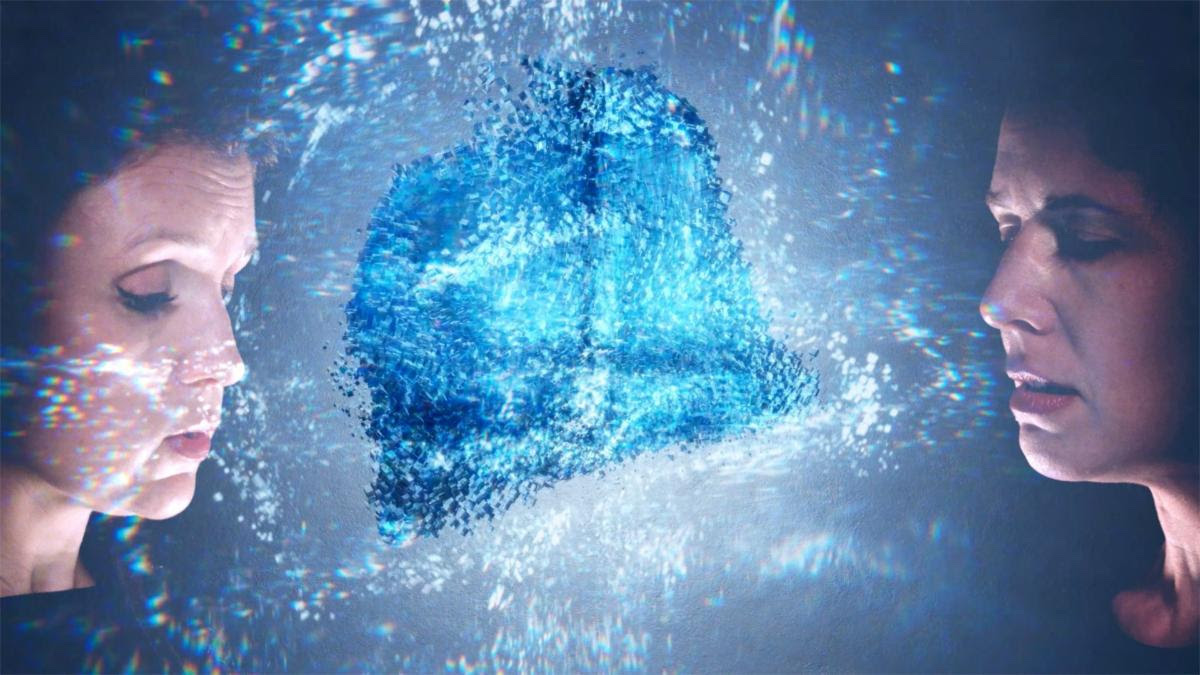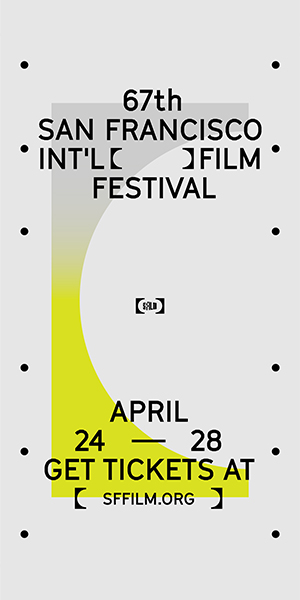Hungarian-Austrian composer György Ligeti will forever be associated with humanity’s transcendence. The whoops and yibbles that accompany the prehistoric hominids’ discovery of the monolith in 2001: A Space Odyssey are from his Kyrie; later in the film, as modern humans are visited by that same object, his Lux Aeterna swells up. In each case, the monolith’s appearance prefigures a profound shift in humanity’s collective knowledge: first the discovery of tools, then modern man’s encounter with an alien intelligence “beyond the infinite.”
Lux Aeterna is one of three Ligeti compositions included in the San Francisco Symphony’s Ligeti: Paradigms, a digital multimedia project conceived by new music director Esa-Pekka Salonen in collaboration with AI artist Refik Anadol and roboticist Carol Reiley.
It’s easy to see why Ligeti—whose mathematically rigorous arrangements reflected his interest in mathematicians like Benoit Mandelbrot and Heinz-Otto Peintgen—would appeal to such a crowd.
“Ligeti is one of the most genius minds for putting music in a mathematical context,” says Anadol. “And I’m in love with algorithms, I’m in love with computation.”
Ligeti: Paradigms comes in the form of a 37-minute video, available for free on the Symphony+ subscription website (you just need to sign up for an account), which combines footage of the Symphony performers with Anadol’s abstract forests of visuals and a surround-sound mix by Dolby Laboratories’ John Loose.
For Lux Aeterna, Anadol fed recordings of each individual vocalist in the choral piece into a computer. The AI analyzed aspects of each singer such as tonality, pitch, and timbre, translating it into visual data. The result looks, as luck would have it, a bit like the wordless “stargate” sequence in 2001—soundtracked by another Ligeti piece, Atmospheres.
The sci-fi connection is even more apparent in Anadol’s visual approach to Ramifications, whose AI inputs include every single picture taken by the Hubble telescope. The result is like a space battle seen from a distance. Clocks & Clouds is based on 17 million images of clouds, reflecting Ligeti’s contrast of the precision of clocks with the errant drift of clouds.
“We basically are making the invisible visible,” says Anadol. “The entire song becomes a data sculpture, and we are witnessing how the AI is constructing a sculpture.”
Amid it all, we see clips of the musicians going about their business, intent in concentration. Unlike 2001’s mind-blown hero Dave Bowman, they seem totally unaware of all the lights swirling around them. They don’t seem to know they’re in a sci-fi movie.
The use of AI in music leads to some disturbing thought experiments. Though the “algorithm” that drives Spotify’s song-radio and weekly-discover function allows listeners to find more music than ever before, it’s arguably contributed to the homogenization of pop music as being slotted after more famous artists has become a strategy. And what of music created through AI? If it sounds good enough, does it make a difference?
Roboticist Reiley seems to anticipate these concerns, having no doubt heard them many times in interviews and conversations. She brings up as an example the program I used to transcribe her words. Did she say these things, or did the robot scanning the recording of our conversation?
“One of the first thoughts people always jump to is the replacement of artists,” says Reiley. “It’s a boring future to imagine. We’re hoping that AI can have tools to help support [artists]. You can do an impromptu jazz session at 2am. if your friends are asleep and you feel like jamming. That might be a good time to work with an AI partner.”
“The challenge here is to ask what else can we do with this technology,” says Anadol. “The negative answers are losing our jobs, or that AI will take over our consciousness. I do not believe our desires are pushing us in that direction. My concern is if we do not ask more questions, we may miss the chance of using AI in a creative way.”






